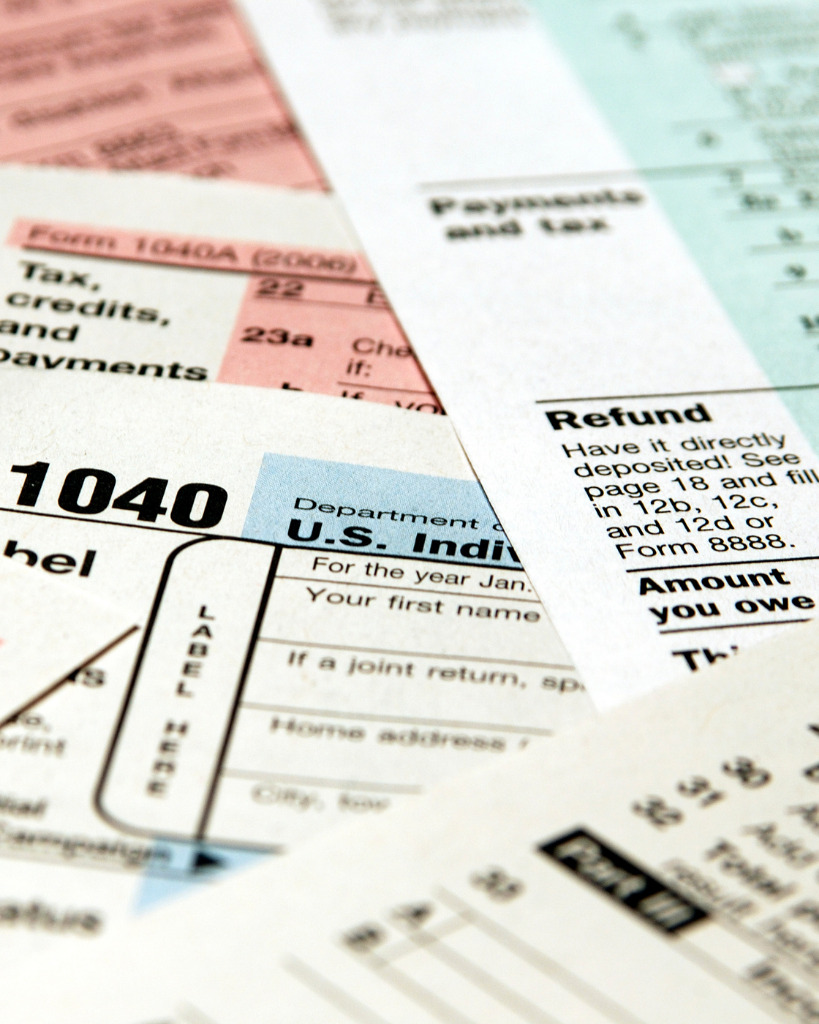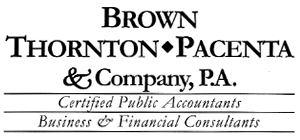
The 2020 individual tax return filing season concluded on October 15 when the extension period ended. If you haven’t yet filed, I encourage you to give us a call to get that filing completed.
As we turn our attention to 2021, the Internal Revenue Service has issued IR 2021-217 aimed at helping taxpayers prepare for the upcoming filing season. Taxpayers, including those who received stimulus payments or advance Child Tax Credit payments, should take steps now to make filing their tax returns easier in 2022, according to an IRS News Release. Planning will help taxpayers file an accurate return and avoid processing delays that can hold up refunds, the IRS says.
Gather and organize tax records. The IRS first recommends that taxpayers organize their tax records. Having all the necessary documents and information will help taxpayers to avoid filing errors that lead to processing and refund delays. Important records for individual taxpayers include:
- Forms W-2 from employer(s),
- Forms 1099 from banks, issuing agencies, and other payers including unemployment compensation, dividends, interest, distributions from a pension, annuity, or retirement plan,
- Form 1099-K, 1099-MISC, 1099-NEC, or other income statements for workers in the gig economy, and
- Other income documents (such as brokerage statements) and records of virtual currency transactions.
For more information about keeping good tax records, see here.
In addition, taxpayers who received an Advance Child Tax Credit (ACTC) and/or Premium Tax Credit (PTC) or who received an Economic Impact Payment and want to determine their eligibility for a Recovery Rebate Credit, should also keep the following documents on hand:
- Letter 6419, 2021 Total Advance Child Tax Credit Payments, to reconcile advance Child Tax Credit payments,
- Form 1095-A, Health Insurance Marketplace Statement, to reconcile advance Premium Tax Credits for Marketplace coverage, and
- Letter 6475, Your 2021 Economic Impact Payment, to determine eligibility to claim the Recovery Rebate Credit.
The IRS will mail Letters 6419, 6475, and Form 1095-A to taxpayers, so taxpayers should be sure to notify the IRS of any change of address. Taxpayers who don’t receive, or can’t find their Letters 6419, 6475, or Form 1095-A, can retrieve the information on these letters using their online account.
Note: properly reporting the stimulus payments was a challenge for many taxpayers this past year. Many of the refund adjustments and billing notices our clients received were the result of errant stimulus payment amounts in the return. We encourage your diligence in reporting these amounts accurately in order to avoid correspondence from the IRS.
Toward that end:
IRS Online Account. IRS suggests that taxpayers sign up for an online account.
Taxpayers with an online account can log into that account to:
- See the amount of their Economic Impact Payment (EIP) so they can accurately claim a Recovery Rebate Credit.
- Gain entry to the Child Tax Credit Update Portal to see the payment dates and amounts paid. Taxpayers will use this information to reconcile their ACTC payments with the Child Tax Credit they claim on their 2021 tax returns.
Check tax withholding and/or estimated payments. Finally, the IRS recommends that taxpayers should check their tax withholding to see if they owed taxes or received a large refund last year. If a taxpayer owed taxes last year, they might want to consider having additional amounts withheld or making estimated tax payments to avoid an underpayment penalty.
Note: A withholding check is especially important for taxpayers who got married or divorced, had a child, or took on a second job.
Taxpayers can make withholding changes by completing Form W-4, Employee’s Withholding Certificate, and giving a copy of the form to their employer.
Taxpayers should also consider whether they need to make estimated tax payments. Taxpayers who receive a substantial amount of non-wage income, such as self-employment income (including non-wage gig income), investment income (including capital gains), taxable Social Security benefits or pension and annuity income, should make quarterly estimated tax payments or increase their wage withholding to cover the taxes on this type of income.
The last quarterly estimated tax payment for 2021 is due on January 18, 2022. Taxpayers can make an estimated payment through their online account or through IRS.gov/payments.
If you’d like to discuss these or any other tax matters, please feel free to give me a call.


 Sometimes you get a good result by just showing up, but other times, a little bit of planning goes a long way toward achieving your goal. We plan our day through the use of a calendar, our meals by making a grocery list, and our spending by the use of a budget. If one of your goals is to minimize your income tax, why not plan for that as well?
Sometimes you get a good result by just showing up, but other times, a little bit of planning goes a long way toward achieving your goal. We plan our day through the use of a calendar, our meals by making a grocery list, and our spending by the use of a budget. If one of your goals is to minimize your income tax, why not plan for that as well? Tax planning is the process of looking at various tax options to determine when, whether, and how to conduct business and personal transactions to reduce or eliminate tax liability.
Tax planning is the process of looking at various tax options to determine when, whether, and how to conduct business and personal transactions to reduce or eliminate tax liability. One of the most important questions you face when changing job is what to do with the money in your 401(k). Making the wrong move could cost you thousands of dollars or more in taxes and lower returns.
One of the most important questions you face when changing job is what to do with the money in your 401(k). Making the wrong move could cost you thousands of dollars or more in taxes and lower returns.